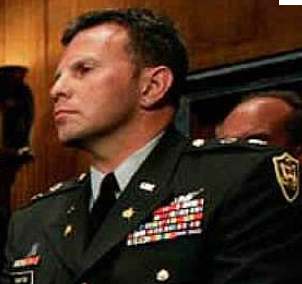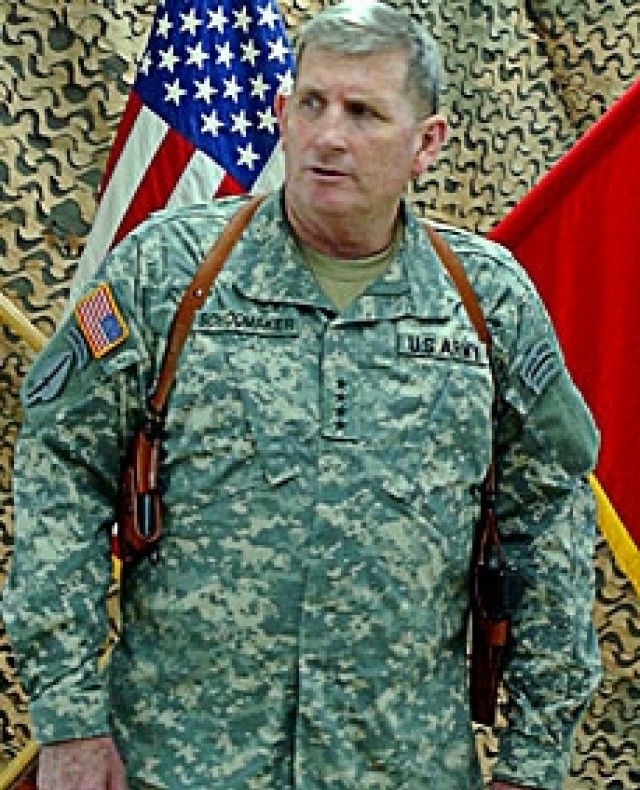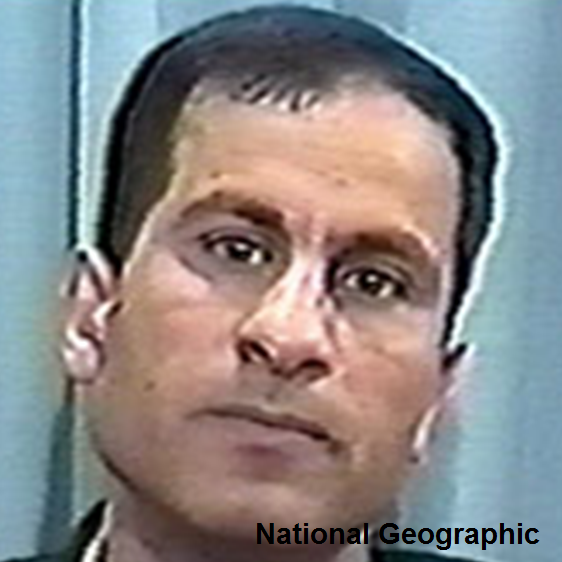
Able Danger is born, certainly one of the strangest, over-hyped and forgotten pre-9/11 phantasms of the intelligence community.
U.S. Special Operations Command (SOCOM), nominally engaged in counter-terrorism in a war that is not yet a war, seeks to exploit new datamining techniques to network terrorist organizations. SOCOM contacts the Joint Warfare Analysis Center (JWAC) in Dahlgren, Virginia and the Army’s Information Dominance Center at Ft. Belvoir, Virginia, both of which are pioneers in systems and cyber analysis.
In the words of retired Army Lt. Col. Anthony Shaffer (participant, whistleblower, television commentator), JWAC “did not understand the scope of trying to do neural-netting, human factor relationships and looking at linkages. They just didn’t have the capability at the time.” Instead, the Able Danger project partnered with the Army IDC, its own super-secret slush fund for research and development.
Eventually, the Defense Intelligence Agency would take over the Able Danger project and shut it down, mostly because the participants had violated civil liberties rules and collected information on Americans.
But the participants—Shaffer being the most vocal—would claim after 9/11 that there was some nefarious reason for the project to be halted. And not only that, but that Able Danger managed to identify Mohammed Atta and could have prevented the attacks.
It is, in hindsight, an impossibility, for none of Atta’s personal details were known to any agency, and nor was he ever living in Brooklyn, which Shaffer asserts. The whole Able Danger controversy eventually led to Congressional hearings and lots of recriminations, but the real lesson learned—that these boutique and off-the-books projects rarely produce anything, was never learned.

